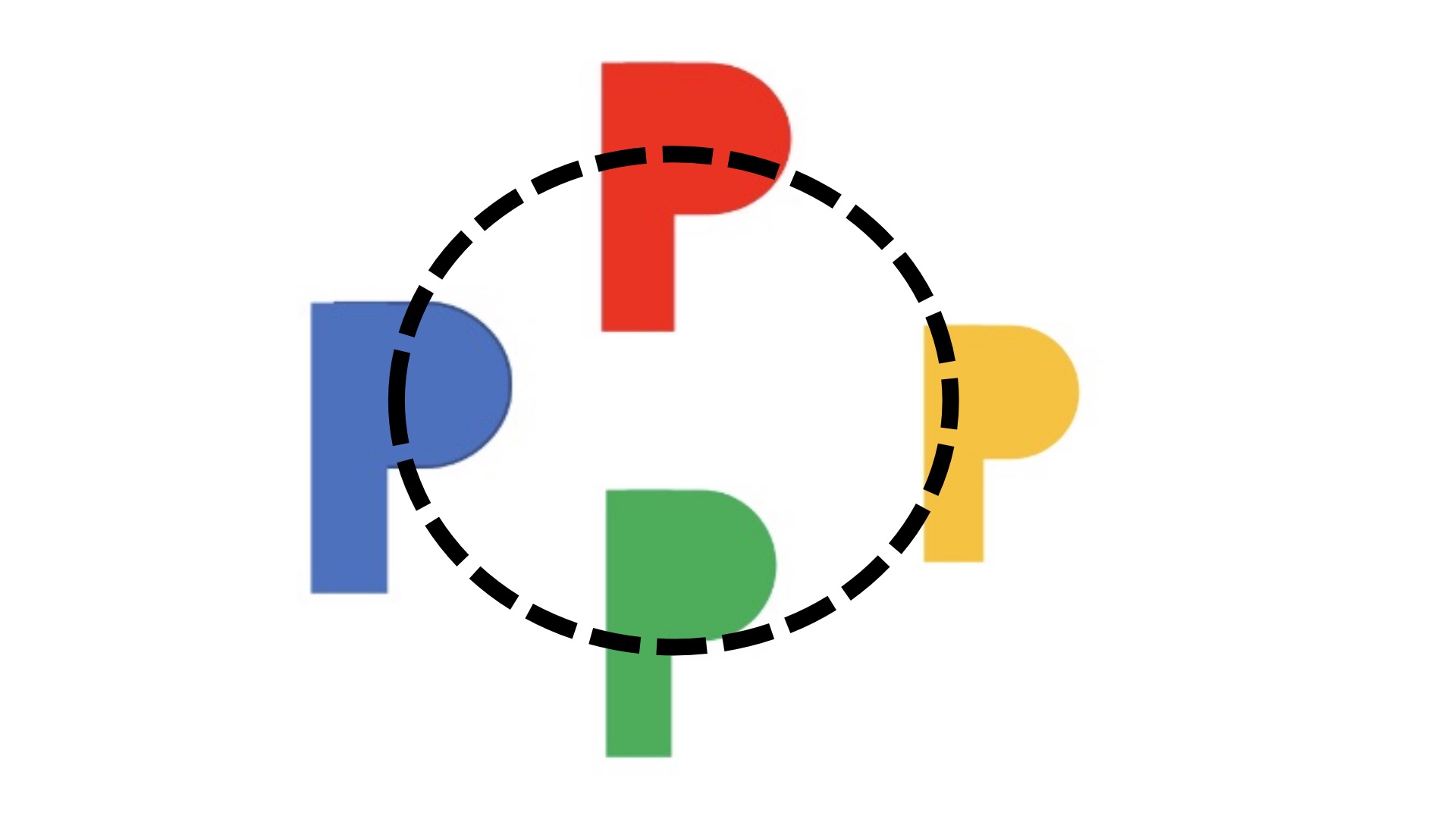About jobs and customers

Phillip Kotler and Clayton Christensen are among the most famous names in marketing and innovation. The former popularized the “4 P’s” of Marketing, the latter revived the concept of “jobs-to-be-done” in Innovation.
The “4 P’s” constitute the marketing mix and refer to four broad levels of marketing decision: product, price, place and promotion. The “jobs to be done” (JTBD) concept is derived from the Outcome-Driven Innovation theory that people buy products and services to get jobs done.
Following are a few examples of Pharma marketing innovations, combining both concepts.
Product
- Innovative Pharma companies that do not frequently invent new products disappear. That is because medicines have about 10 years of effective patent protected life (after deducting the time spent testing and developing them). After that, generic companies can copy those medicines and market them at a fraction of the cost, typically cannibalizing 90% of the sales in a few months. To ensure continued invention, Innovative Pharma companies have massive R&D departments. Still, in addition, “product innovation” is possible after the medicine is invented, e.g. related to the packaging.
- Example of a JTBD: the patient needed a quick reminder on how to self-inject a fertility medicine at the moment she would use the product (this is especially critical when she used the medicine for the first time).
- Example of an Innovation: adding a QR code on the package. The patient could scan this code with a smartphone. This brought her to a website where a video could be played with a demo on how to self-inject the medicine, i.e. the JTBD.
Promotion
- Example of a JTBD: an Innovative Pharma marketing team needed to create a large-scale disease awareness campaign in a remote area, but didn’t have the resources and expertise.
- Example of an Innovation: the marketing team identified and collaborated with a marketing team from a consumer-focused company, which was targeting the same population with complementary messages. A collaboration win-win: the consumer-focused marketing team contributed know-how in mass communication, the Pharma company brought expertise in working within the appropriate regulatory framework.
Price
- Example of a JTBD: patients with Hepatitis C needed help to pay out of pocket for the cost of their expensive treatment, while they did not have the cash flow.
- Example of an Innovation: a bank provided a financing option that allowed patients to spread the payment of their 3-month treatment costs over a 2 year period.
Place
- Example of a JTBD: patients that were injured after an earthquake urgently needed antibiotics and vaccines, while roads were inaccessible.
- Example of an Innovation: drones delivered the medicines to those patients within hours.
These are a few examples that illustrate innovation can be focused on any area in the marketing mix, as long as there is a specific business or customer “job that needs to be done”.
As Leo McGivena said:
“People don’t want to buy a quarter-inch drill. They want a quarter-inch hole.”
So, as Innovation Leader, I made sure potential innovators within the corporation were well aware of what kind of “jobs” the company wanted to focus innovative efforts on.
More about this topic: Debunking Myths to Drive Growth, by Urko Wood and Know Your Customers’ “Jobs to Be Done”, by Clayton M. Christensen, et. al.
Please share your thoughts on the above?
Click here for more of my blogs on innovation within corporations: Wim Vandenhouweele